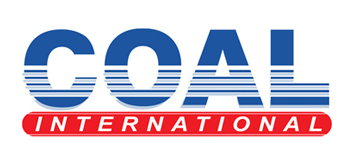India is working on its first ever ‘tailings policy’ that will help “recover critical minerals from secondary sources”, including scalings and mining waste, G Kishan Reddy, Union Minister for Mines, told businessline. The policy will “include liberalising the legal regime for the economic extraction of critical minerals” – making them commercially viable – from these lesser sources, that include coal fly ash, metallurgical slags and so on.
Tailings policy will also protect environment and communities from health hazards.
In mining parlance, tailings are a waste product made up of ground rock, water, and other materials. They are a by-product of the process of extracting metals and minerals from ore.
Fly ash tailings include minerals like titanium, sulphur, potassium, among others; while minerals found in mine waste include gold, zinc, copper, quartz ans so on. Slags on the other hand are known to contain silicate glasses, magnetites, lead, and suchlike.
24-odd critical minerals
The country has already identified a list of 24-odd critical minerals that include the likes of lithium, vanadium, molybdenum, platinum group of elements and others. India is a key importer in all these minerals, except rare earth elements (REE), where it is a net exporter.
“India can address a portion of its critical mineral needs while reducing the environmental impact through a policy on the recovery of critical minerals from secondary sources, including tailings,” Reddy said.
The proposed policy will encourage R&D for extraction of various critical minerals found from secondary sources.
The policy push can help increase domestic availability of critical minerals and promote domestic processing industries too.
“Current rules do not provide inclusion of critical minerals found in association with other minerals for non-auctioned mines.,” he explained. Similarly, for auctioned mines, the auction premium for associated minerals is equivalent to the auction premium of the main bulk mineral which are quite high.
“As a result critical minerals found in association with the bulk minerals are not optimally extracted,” the Minister added.
Incentives for miners
The policy, currently under-works, shall also incorporate funding mechanisms (grants, subsidies, tax benefits) that can support scaling up of existing facilities and help establishment of new recovery facilities by leveraging the National Critical Minerals Mission.
According to the Minister, extraction of critical minerals from dumps and tailings are capital intensive; with volume recovery being less.
“To facilitate extraction of such critical minerals, we want to incentivise miners,” Reddy said.



